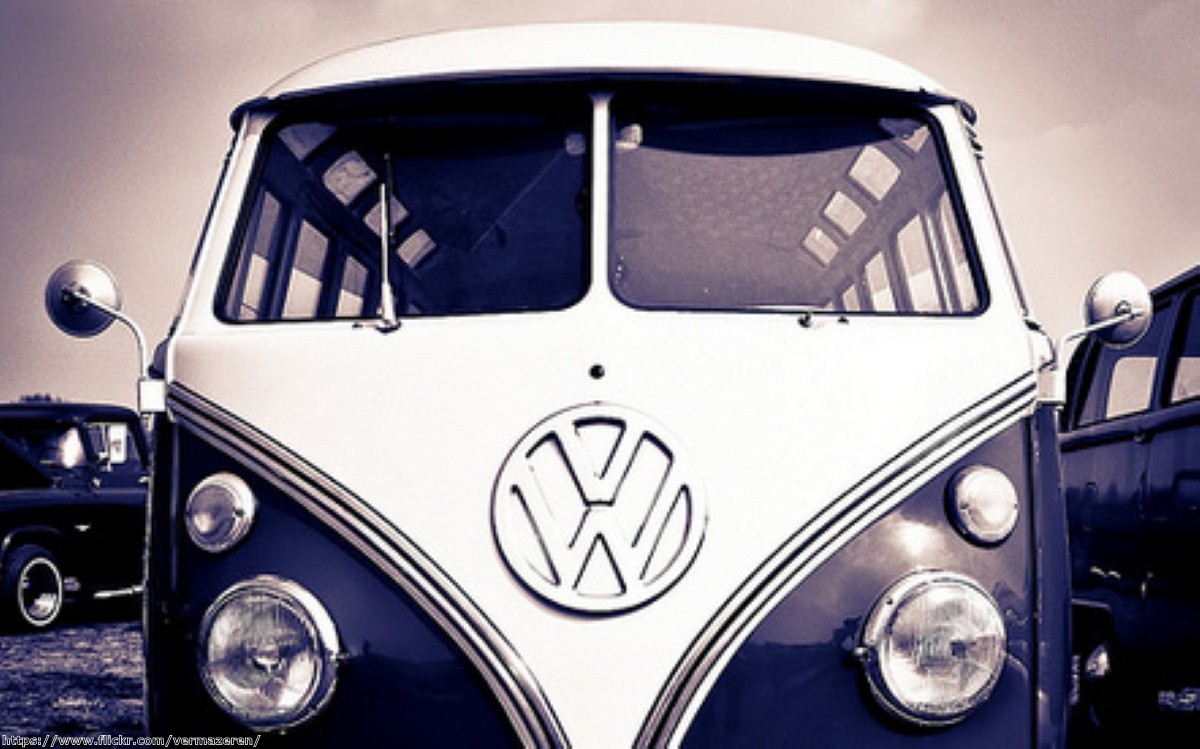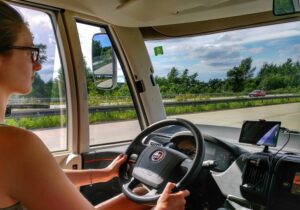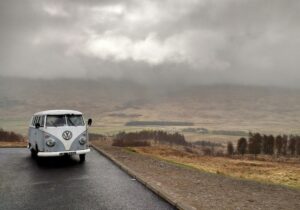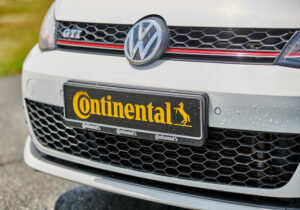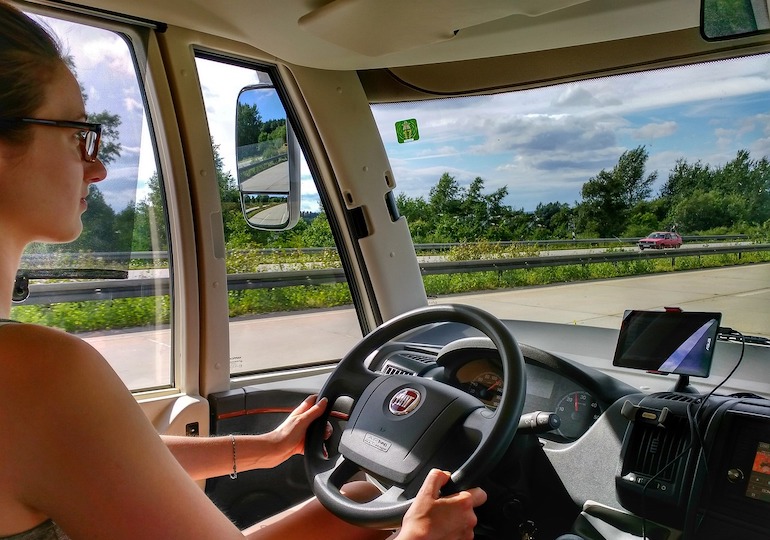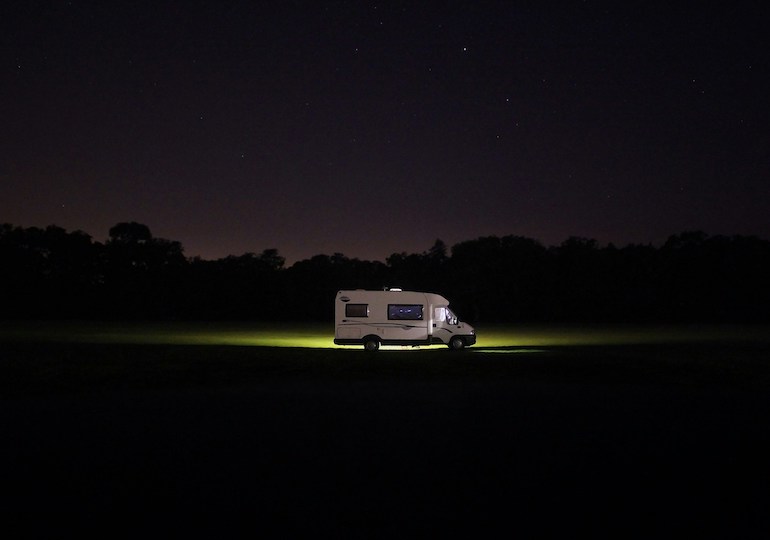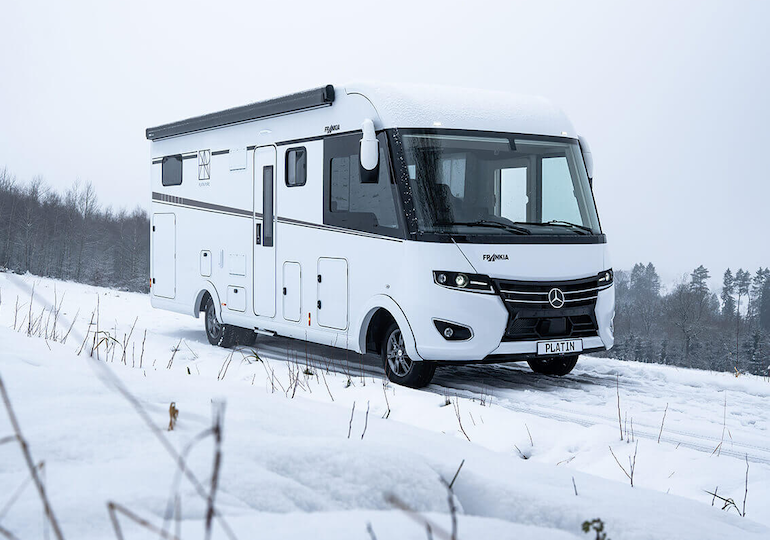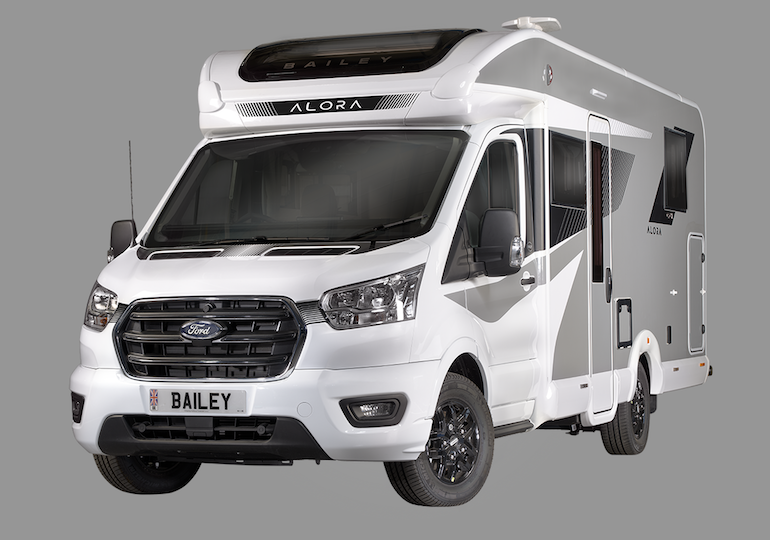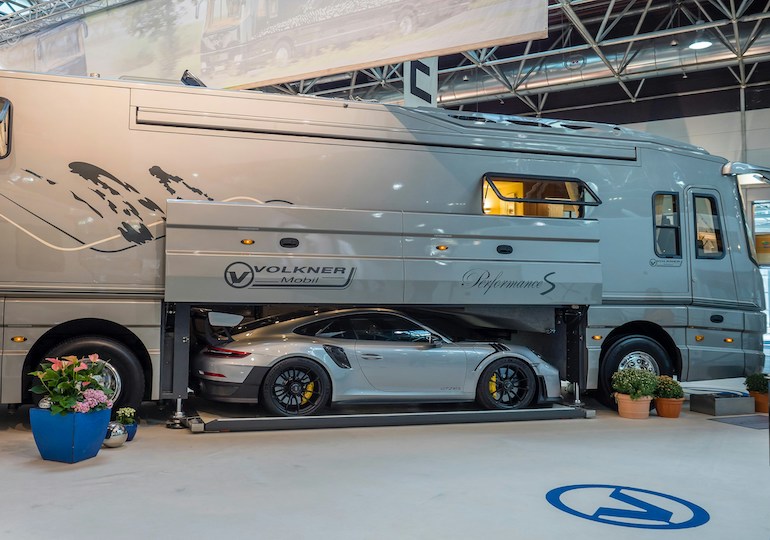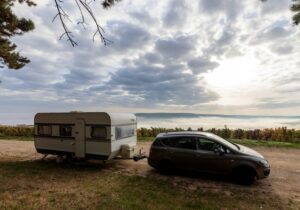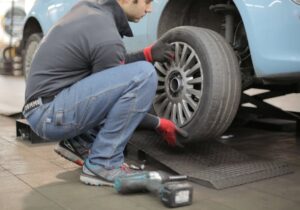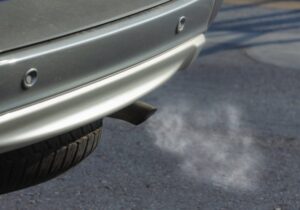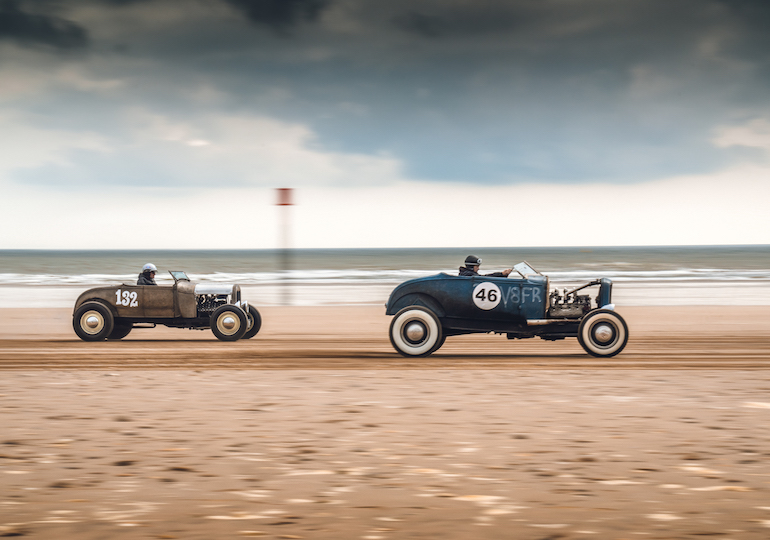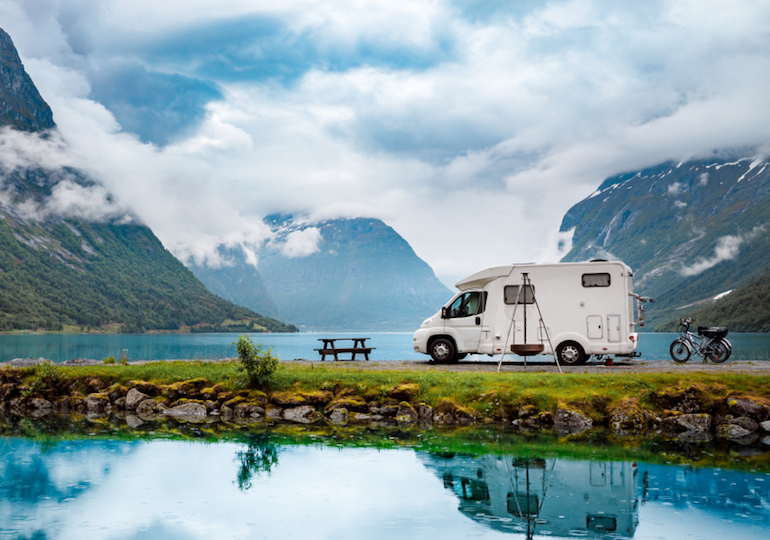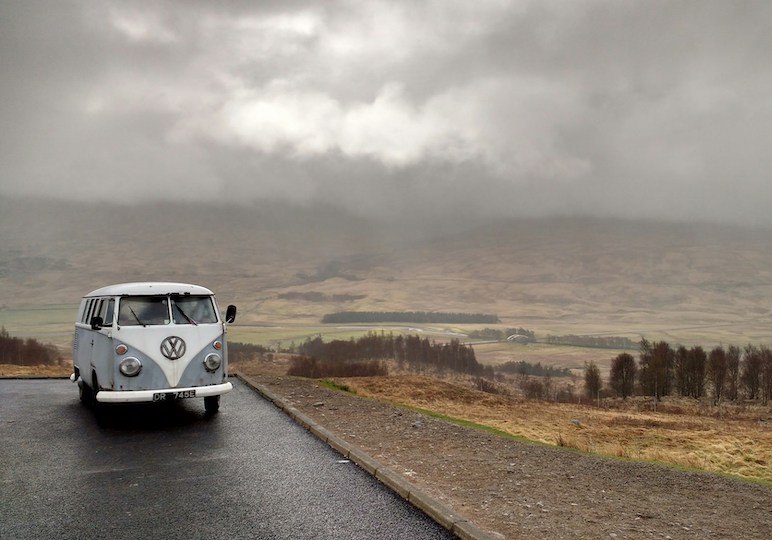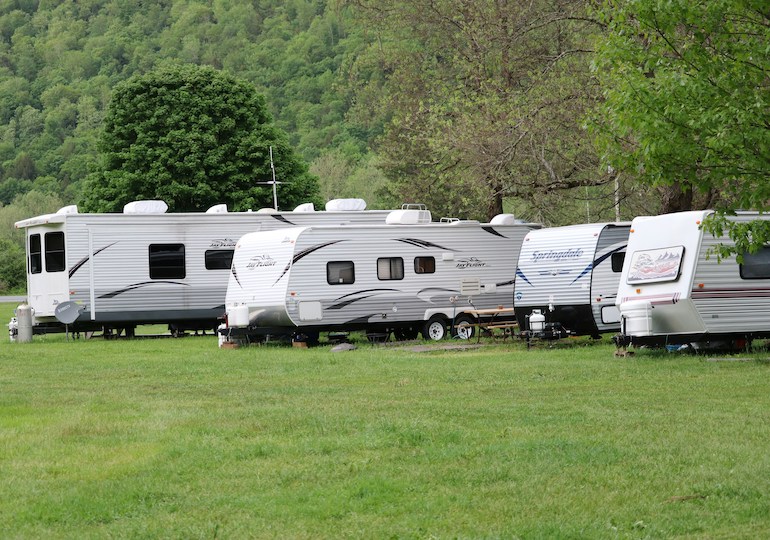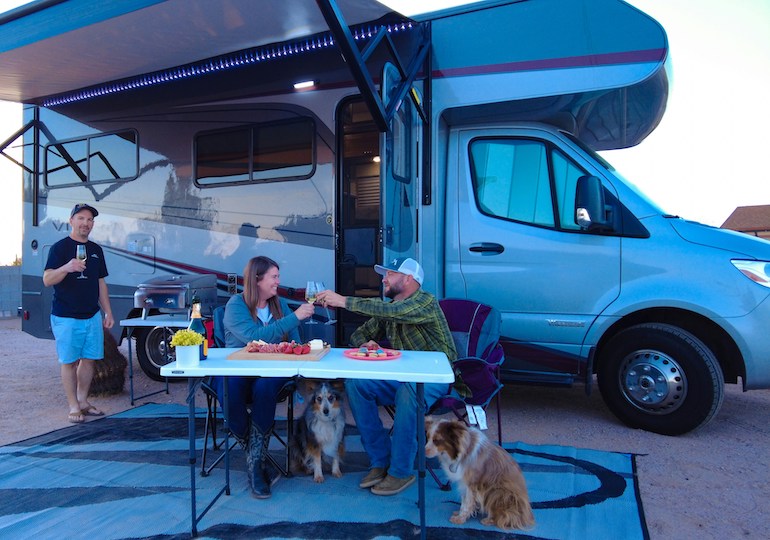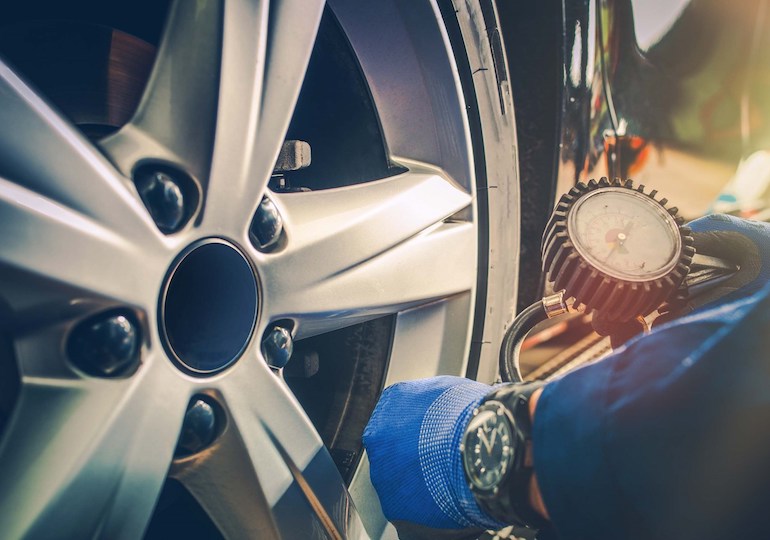A big, British Happy Birthday to the VW Transporter which first hit our shores 60 years ago this September
When thinking of a camper van, the image of an old-school VW van immediately comes to mind. Although this series has evolved greatly in the 60 years since its introduction to the British market, it remains a popular choice for many, being a timeless symbol of freedom and fun.
The initial model, the T1, or as it was first known, the Type 2, was first introduced at the Earls Court Commercial Motor Show in 1954. With its revolutionary design for commercial vehicles, the T1 was both stylish and practical, fast becoming the template for light commercial panel vans, pick-ups and microbuses. After being tested on the domestic German market, Volkswagen brought it to England. Considering its high popularity, it is surprising to hear that the hippie-van only sold 786 units in that first year.

The transporter’s popularity skyrocketed in the following 60 years selling 18,350 by 2013 in the UK alone. On the worldwide scale, the Transporter production stands at 11.5 million units, highlighting the fact that you just can’t beat a good old VW.
The roots of the iconic camper van can be traced back to senior British Army Officer, Major Ivan Hirst, who was charged with re-commissioning the post-war Volkswagen factory and ordered the creation of a flatbed truck. This idea was later picked up by Dutch importer, Ben Pon Sr, in the mid-1940s, who sketched the van’s first design. It was then enthusiastically picked up by Volkswagen.
Production began in the late-1940s and took a total of 13 months to transfer from the drawing board to the production line.
In the past 60 years, only four updated models have replaced the original T1 indicating great popularity this line of vehicles has.
Type 2 (T1)

Instantly recognisable by its smooth curves and split-screen, the first Type 2 model used air-cooled engines mounted in the rear. More of a test model, Volkswagen made a few key changes to its initial design before the creation of the T1’s successor.
Type 2 – second generation (T2)

The second generation of the iconic van lost its much loved split front windshield – a feature which earned the first generation the nickname, the ‘splitscreen’. Often associated with peace symbols, flowers and surfers, the T2 became symbolic of the psychedelic swinging sixties, a golden age in British history, and came to represent the free spirited, hippy counter culture that was so popular at the time. It was affectionately nicknamed, the ‘hippie van’.
Type 2 (T3) aka the Vanagon

The Third Generation Type 2, retroactively known as the T3, saw a significant style change from its predecessor. The T3 was a lot squarer than the T2 but kept the rear engine feature of the previous models.
Returning to its military roots, the T3 was used by the US Army and German Air force in the 1980s as administrative vehicles. On the other side of the coin, VW began working with German conversion company, Westfalia, who added features such as pop-up roofs, fridges, sinks and stoves to the T3, cementing it as the ultimate road trip vehicle. If the models alone didn’t secure the VW Transporter’s reputation as the ultimate road-trip vehicle, Volkswagen’s collaboration with Westfalia certainly did.
The T3 saw technical upgrades as well as visual ones. The new model featured power steering, air conditioning, power door locks, electrically controlled and heated mirrors, lighted vanity mirrors and a light above the glove box.
Transporter T4

The T4 was the first model to lose the Type 2 tag and adopt that of the ‘Transporter.’ Now using a front mounted, front wheel drive, water-cooled engine, the T4 saw significant changes from the previous model.
This model was produced in five basic types:
- Panel van – no windows behind b pillar
- Kombi van/ Half panel – windows between B and C pillars
- Multivan – windows all round
- Westfalia
- Single or double cab
The variation of available designs highlights the significant demand that existed for the much loved series of vans as well as its multiple purposes.
Transporter T5

Launched in 2002, the T5 model failed to hold the same cultural connotations of its ancestors, but remains an ever-popular choice as a practical and trustworthy option. Available in over 100 design combinations, the T5 like the T4 is clearly a popular choice for a wide-ranging demographic and the long list of awards that it has received suggests that its performance is still top-notch.

Even now, 60 years on, the original curvaceous design still resonates as iconic – it even makes an appearance in Disney Pixar’s Cars – if that doesn’t prove it to be of legendary status, we don’t know what will.
Take a look at the VW Transporter through the years in this video…

